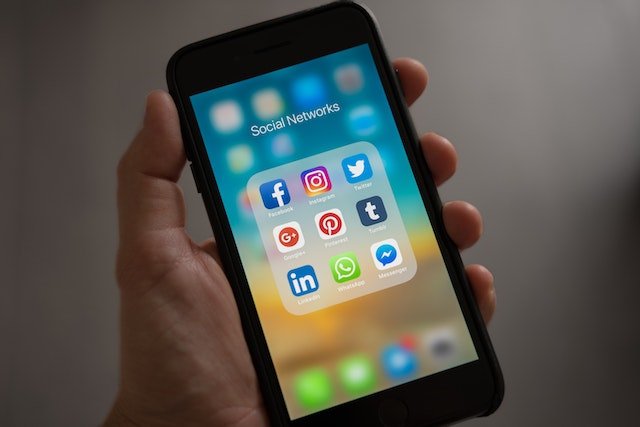Our interaction with visual media has undergone a dramatic transformation in the recent past with the proliferation of internet and smartphones. With a world of content accessible on the palm-sized screens of our devices, it is hard to believe that just two decades ago, we could access traditional media only with substantial hardware that would take up a lot of physical space. This change has also democratized art and creativity. Now, anyone with a smartphone and an idea can become a content creator, participating in the creation of “user-generated content” to express themselves and shape the media landscape.
User-generated content (UGC) refers to any content, including text, images, videos, reviews, and more, created and shared by individuals who are not professional creators or part of traditional media organizations. UGC is typically produced by users or consumers of a platform, service, or product, often shared on social media, websites, or other online platforms. It represents a diverse range of perspectives, experiences, and creative expressions contributed by everyday people rather than established producers or media outlets. UGC has become a significant and influential part of the digital landscape, allowing individuals to actively participate in shaping the media and content they consume.
This shift in media consumption reflects the transition to digital platforms, enabling individuals to express themselves and shape their own media experiences. Creative spaces and landscapes have taken on new meaning in an era where people no longer need to gather in one place to enjoy live performances, plays, or movies. These experiences can now be enjoyed from the comfort of one’s own home, peering into the studios of content creators through smartphones.
In this digital age, the audience craves options and appreciates originality. Influencer marketing is on the rise, with a projected growth from INR 12.75 billion to INR 24.57 billion in 2025, according to the EY-FICCI Media and Entertainment Overview Report 2023. The report also states that over 96% of internet users in India watch video content every week, and 30.6% watch influencer videos and vlogs every week. User-generated content has allowed for a broader range of voices and perspectives in Indian culture, reducing limitations on content, celebrities, and production costs.
The digital realm has revolutionized content creation in just a couple of decades, with the rise of diverse content formats such as podcasts, web series, and interactive storytelling. These formats provide innovative avenues for creators to captivate audiences and tell compelling stories.
Audiences are no longer passive consumers but active participants, contributing to the creation and dissemination of content through user-generated platforms and social media. Traditional art forms and cultural expressions that were once confined to specific regions or communities are now finding a global audience. Classical dance forms, folk music, and indigenous art are being showcased on digital platforms, allowing artists to reach a wider and more diverse viewership. This shift has breathed new life into age-old traditions, preserving and promoting India’s rich cultural heritage.
As the digital era continues to reshape the media landscape, traditional copyright and intellectual property structures have also transformed. In the past, copyright laws heavily guarded content, often leading to legal battles and restrictions on creativity. However, the digital age has ushered in a new era of sharing and collaboration. Content creators often rely on open-source platforms, creative commons licenses, and fair use principles to expand their reach and impact.
This shift towards open access and collaborative content creation has not only reduced the barriers to entry for aspiring artists and content creators but has also given rise to a broader range of voices and perspectives. While traditional media was often characterized by gatekeepers and a limited number of content producers, the digital age has democratized creativity, allowing individuals to express themselves freely, share their art, and reach a global audience without substantial resources or copyright-related restrictions.
While this shift towards open access and collaborative content creation brings numerous benefits, it also presents new challenges related to privacy, data security, and information quality. In the digital age, the power of influence has shifted from a select few celebrities to a diverse array of content creators, each with a unique style and perspective. Intellectual property rights remain essential to protect creators, but the balance has shifted towards fostering a culture of sharing, remixing, and innovation
Conclusion
This ongoing transformation underscores the dynamic and ever-evolving nature of our media landscape, where traditional structures give way to new opportunities for expression, creativity, and sharing. To move forward, it is crucial to strike a delicate balance between protecting intellectual property and encouraging innovation. Copyright laws need to adapt to the digital era, promoting sharing, remixing, and collaboration while safeguarding the rights of creators.
The digital landscape also calls for an enhanced focus on data security and information quality. Protecting user data and ensuring the accuracy of the information shared are paramount. Platforms and content creators must prioritize these aspects to maintain trust and integrity in the digital space. For Indian culture, the newfound accessibility and global audience for traditional art forms and cultural expressions are invaluable. This presents an opportunity to preserve and promote India’s rich heritage on a global stage through the collaborative effort of users and their user-generated content.
Contributor: Parinika Krishnan

